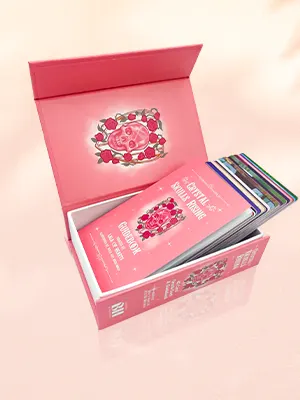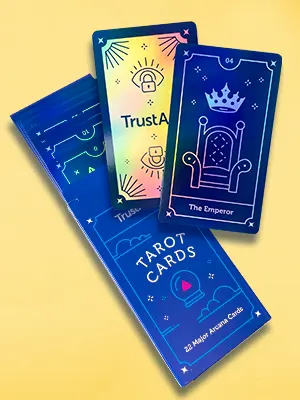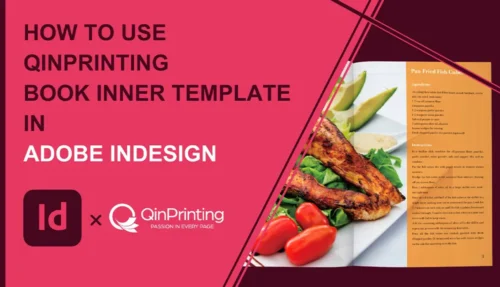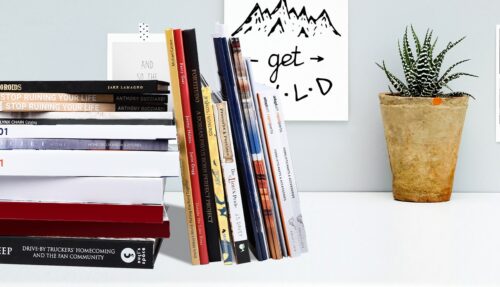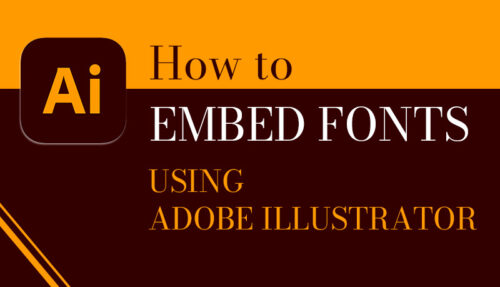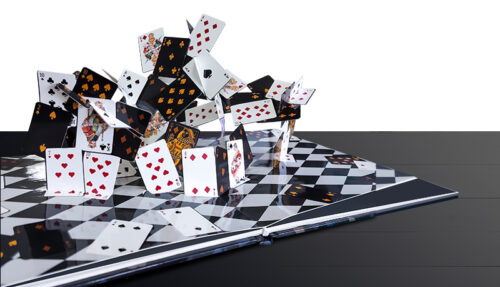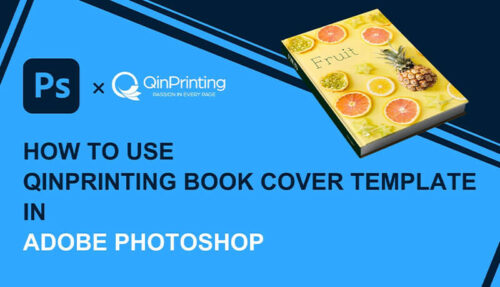Choosing the right paper for your print project is a crucial decision that affects both appearance and effectiveness.
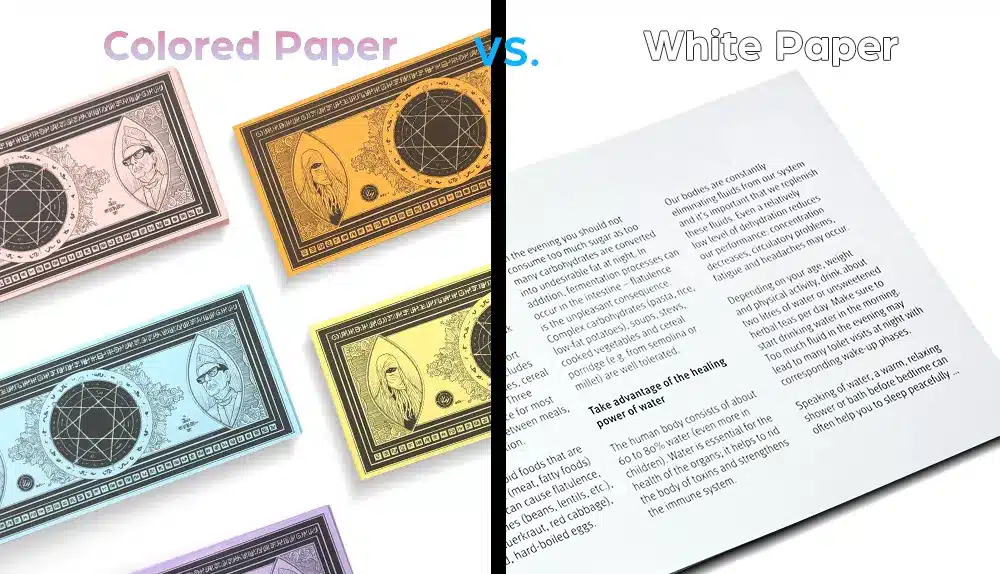
Colored and white paper printed by QinPrinting
One of the primary choices you’ll face with most print project designs is deciding between colored paper and white paper. Both options offer unique benefits and potential drawbacks depending on your aims. Here, we’ll help you navigate the decision-making process clearly and practically, guiding you to make the best choice for your specific needs.
Understanding the basics: colored vs. white paper
Before making a decision either way, you need to understand the different impacts of colored and white paper options. So, to kick off, let’s distinguish between colored paper and white paper. Here are the fundamentals:
- Colored paper comes in a wide range of hues, from soft pastels to vibrant, bold colors and textured surfaces or metallic and holographic effects. It can immediately capture attention, highlight branding, or reflect a specific theme or emotion. Black paper, in particular, is a favorite among authors for its dramatic look, especially when paired with white or metallic ink for a refined, artistic effect.
- White paper, the traditional and versatile choice, offers high contrast and clarity for text and images, making it ideal for detailed graphics, text, and readability.
Now let’s explore what you need to consider and to factor in when you’re making this fundamental but important choice.
When to choose colored paper
Colored paper is ideal for print projects where visual appeal and emotional engagement matter significantly. In fact, while this could apply to almost any print project, it’s most often the case with retail and gift packaging, marketing materials such as flyers, posters, and booklets, and art books. But whatever you use it for, it can help:

1. Enhance branding and identity
It’s a great idea to use colored paper that matches your brand colors. Or choose colors which express an event theme (say, with invitations or conference brochures) to develop a consistent and memorable image. For instance, luxury brands often choose muted or dark shades to communicate sophistication, while eco-friendly companies might prefer natural greens or browns.
2. Make a powerful first impression
First impressions tend to stick. Colored paper can immediately set your materials apart from others. Invitations, flyers, brochures, and marketing materials printed on colored paper can catch the eye faster and create a stronger initial impact. And that can make the difference between opening the door to a beneficial B2B relationship or leaving it closed; between a new customer acquisition and being passed by.
3. Organize and categorize
This is often overlooked, but for or manuals, educational resources, or handouts, colored paper can visually separate content, aiding clarity and enhancing user-friendliness so that the reader can quickly identify and go to the relevant section of the book or manual.
4. Evoke emotional responses
It’s now well-established in psychology as much as personal experience that colors influence emotions—warm colors like reds, oranges, and yellows excite and energize, while cooler colors like blues and greens can calm and reassure. Choosing paper colors that are likely to trigger a desired emotional response boosts effectiveness.
When to choose white paper
White paper is a classic, versatile choice suited to many situations. It’s the go to option for most book interiors, for example. But its use doesn’t end there. Here’s when white paper is particularly beneficial:

1. High-quality image reproduction
White paper provides the best backdrop for detailed, vibrant imagery and photographs. The lack of color guarantees the accurate and crisp reproduction of images and precise color representation, which can be critical for the success of product catalogs, art books, and photo-heavy marketing materials, for example.
2. Professionalism and simplicity
Corporate materials, official documents, reports, and proposal will usually benefit from the clarity and professionalism white paper offers. White signals neutrality, authority, and seriousness. So, in these contexts, keeping it clean and clear is always best.
3. Enhanced readability
When your project includes substantial text, white paper makes sure that you get maximum readability. The high contrast between black text and a white background minimizes eye strain and improves clarity. Remember that there are multiple shades and tint options under the umbrella term “white” when it comes to paper: creamier, softer whites, grayer tones, and startling ivory whites, for example.
4. Cost efficiency
Typically, white paper is less expensive than colored paper, so it can help keep your project within budget constraints. If you’re managing tight budgets or large print runs, choosing white paper could significantly reduce costs without compromising quality.
Key factors to consider
When you’re choosing between colored and white paper, we advise you to give careful consideration to these core factors:
- Purpose: What is your primary goal—brand recognition, readability, emotional engagement, or accuracy of imagery?
- Audience: What will resonate most effectively with your intended audience?
- Content: Is your project text-heavy, image-rich, or both?
- Budget: How will the choice impact your printing costs?
- Distribution: Will the printed items be mailed, displayed, or handed directly to recipients?
By evaluating these aspects with care, you’ll be able to make a confident, informed choice.
Summary box
| Factor | Colored Paper | White Paper |
|---|---|---|
| Branding | Strong alignment, emotional connection | Neutral, professional |
| Visibility | High initial impact, eye-catching | Clean, classic visibility |
| Readability | Good for short texts, less detailed | Excellent, optimal for text-heavy content |
| Image Quality | Less accurate color reproduction | Optimal color accuracy |
| Emotional Impact | Strong, depending on color | Neutral |
| Cost | Slightly higher | Usually lower |
| Best Suited For | Events, promotions, branding | Documents, reports, image-heavy projects |
Frequently asked questions (FAQ)
1. Can I print photos on colored paper?
Yes, but colored paper can alter the photo’s colors, making them appear less true-to-life compared to printing on white paper.
2. Is colored paper more expensive?
Typically, colored paper costs slightly more than white paper due to the additional dyeing process, though costs can vary based on quality and quantity.
3. Will colored paper fade?
Colored paper may fade quicker when exposed to direct sunlight or prolonged storage compared to high-quality white paper, particularly if not UV-protected.
4. Can I use white ink on colored paper?
Yes, white ink printing on colored paper can create stunning, high-contrast effects. However, it usually involves specialized printing techniques, increasing the cost.
5. Is white paper always pure white?
No, white paper comes in various shades, from bright white (best for vibrant images) to warmer off-white or cream (softer and less harsh for reading).
6. How environmentally friendly is colored paper?
Colored paper may involve additional chemicals in dyeing, but sustainable and eco-friendly colored paper options are available. Look for certifications like FSC to ensure responsible sourcing.
7. What paper weight should I choose?
Paper weight depends on your project’s durability and quality requirements rather than color alone. Brochures typically use lighter weights (100–150gsm), while business cards or premium invitations use heavier weights (200–300gsm+).
Making your choice
Ultimately, the choice between colored and white paper hinges on the goals and demands of your print project. Both options have distinct advantages: colored paper captures immediate attention and emotional responses, while white paper offers clarity, versatility, and cost-effectiveness. By considering your project’s purpose, audience, content, and budget, you’ll confidently select the perfect paper for your needs.
Talk to us. We can help.
If you need any further help or advice with the right paper types, colored or white, for your project, we’re here to help you every step of the way from concept to completion. Contact us now for expert guidance and high-quality design advice options tailored to your specific needs. Just shoot us an email to [email protected] or call us on +1 530 238 5010 and we’ll be delighted to do all we can to help you.

